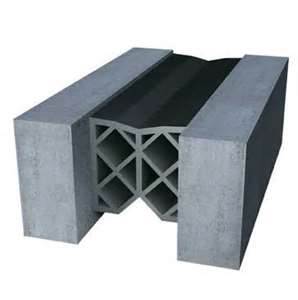Varma A.
Geotechnical
- Mar 18, 2020
- 7
I have to model the expansion joint by using gap model, but for this, I need the stiffness property. How to determine the compression and tensile stiffness of Compression seal Expansion Joint? The manufacturer provides a tensile strength of the material. How to derive stiffness of that expansion joint from tensile strength. Thank you.


![[idea] [idea] [idea]](/data/assets/smilies/idea.gif)